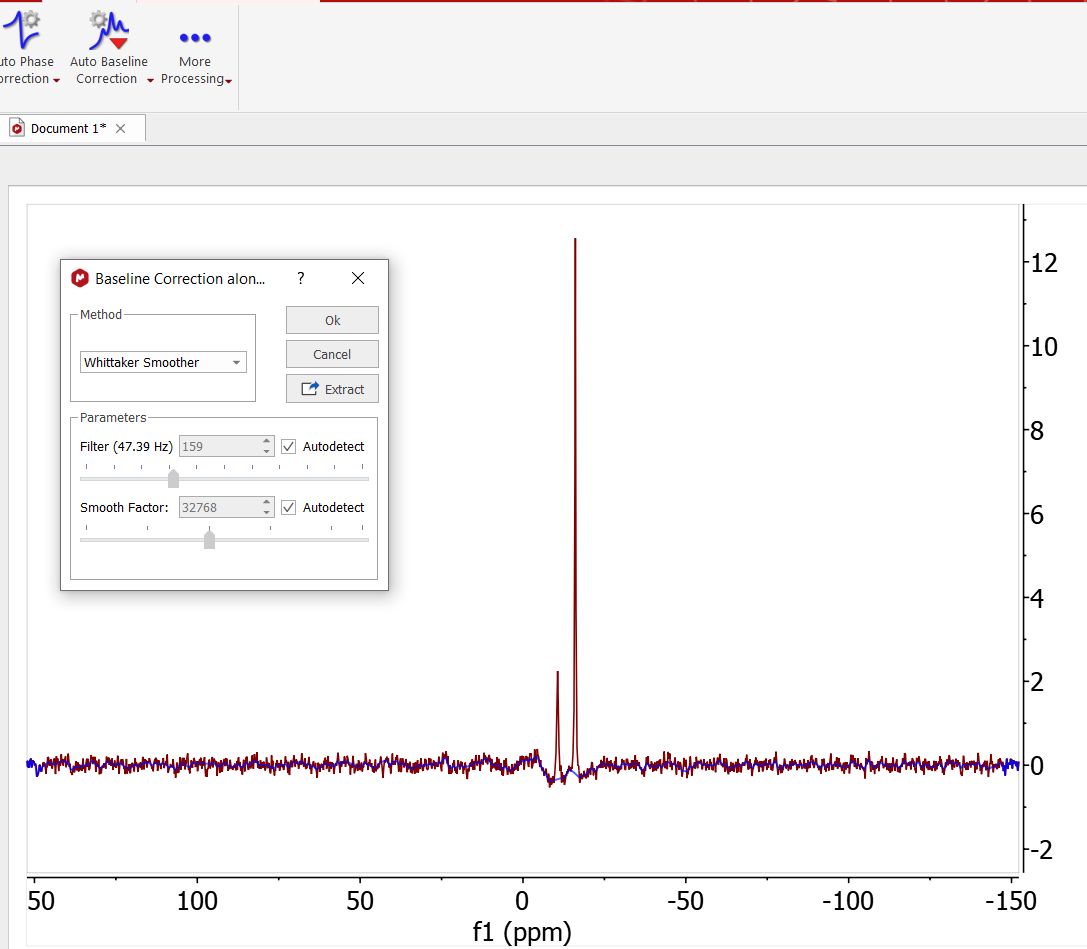


NMR analysis is also non-destructive to the sample. 6, 14– 20 NMR provides highly reproducible and relatively easily quantified data, 21, 22 and usually requires minimal or no sample preparation or separation. Nuclear magnetic resonance spectroscopy (NMR) and mass spectrometry (MS) are the two major analytical techniques used in the field of metabolomics to characterize many metabolites in parallel and deliver a wealth of information with high throughput. Metabolomics provides an indispensable complement to the fields of genomics and proteomics for understanding complex biochemical networks and for providing insight to many important problems, such as human disease diagnosis, prognosis and therapeutic development. Metabolomics, also referred to as metabonomics 1 or metabolic profiling, is the study of the concentrations and fluxes of small molecules in biological systems in different states. The principle of this approach is generally applicable for all quantitative spectral data and should find utility in a variety of NMR-based mixture analyses as well as in metabolite profiling. Subsequent multivariate statistical analysis can then be used to identify biomarker candidate signals for distinguishing different types of biological samples. The glucose-free spectra are then generated by spectral subtraction using Bruker Topspin software. This procedure includes adding a small drop of concentrated glucose solution to the sample in the NMR tube, mixing, waiting for an equilibration time, and acquisition of a second spectrum. We propose a simple “Add to Subtract” background subtraction method, and show that it can reduce the glucose signals by 98% to allow retrieval of the hidden information. Signals from most metabolites in this region are overwhelmed by the glucose background signals and become invisible. In particular, blood serum/plasma and diabetic urine samples contain high concentrations of glucose, which produce strong peaks between 3.2 ppm – 4.0 ppm. However 1H NMR spectra contain many overlapped peaks. Due to its highly reproducible and quantitative nature, and minimal requirements for sample preparation or separation, 1H nuclear magnetic resonance (NMR) spectroscopy is widely used for profiling small-molecule metabolites in biofluids.


 0 kommentar(er)
0 kommentar(er)
